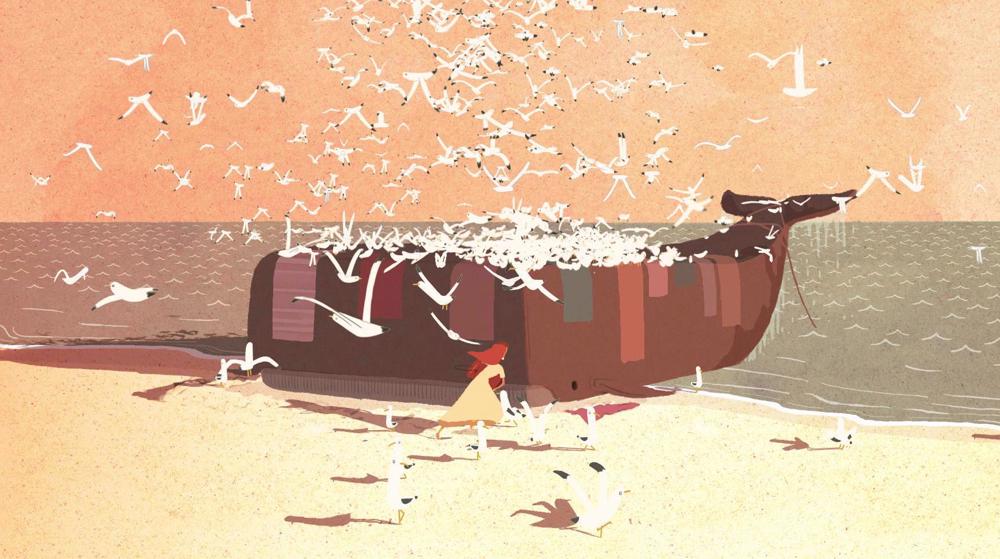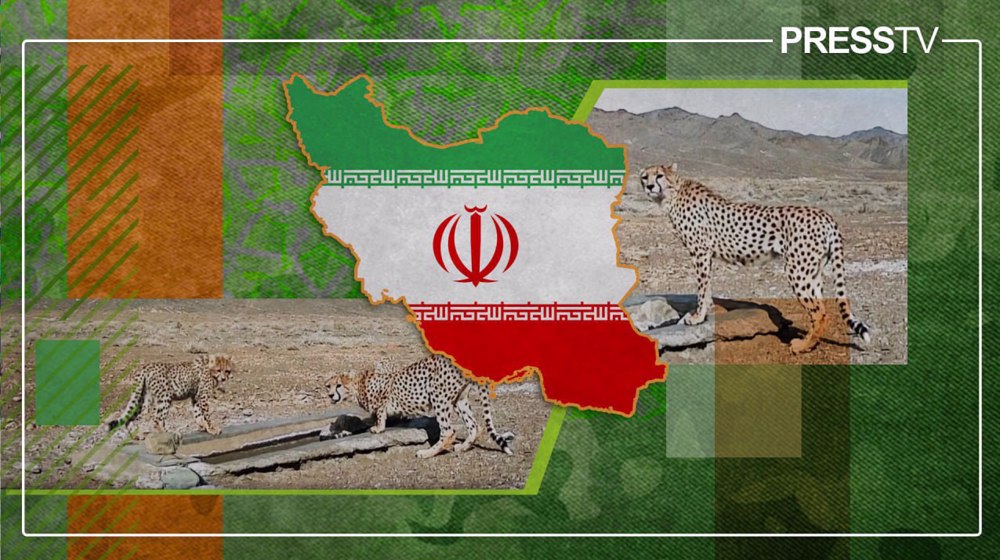Two endangered cheetahs in Tehran for conservation project
Two Asiatic cheetahs, a critically endangered species, are kept in the Iranian capital of Tehran far from their natural habitat as part of a special conservation program, Press TV reports.
“The project was initiated to research and analyze the circumstances of cheetahs living in Iran. Everyone knew that the only remaining Asiatic cheetahs were living in Iran. But no one in the world could dare to see this beautiful animal become extinct,” project manager Houman Jowkar told Press TV.

The two cheetahs, one male and one female, are kept close to Milad Tower, a landmark in the capital.
Because they are “the only couples in captivity, we would like for them to reproduce,” an animal keeper told Press TV.
The animal keeper added that they are doing their best to provide the desired circumstances for the cheetahs, which are kept far away from their usual habitat in the scrublands of north of Iran.
The cheetahs are fed and checked once daily, said a wildlife veterinarian with the project, who is in charge of checking the reports of the cheetahs’ diet and progress regularly.
Their daily intake includes just one-and-a-half kilograms of meat, given their reduced physical activity in comparison with their peers in the wild. However, the female cheetah will be given twice the amount if she gets pregnant.

The Asiatic cheetah or Iranian cheetah is a critically endangered species now on the verge of extinction and an important part of Iran’s natural and cultural heritage.
One of the significant aims of the preservation efforts is to raise public awareness not to harm the world’s most graceful wild cats.
Masood Hatami, a former hunter and nature lover who has dedicated his life to preserving nature and wildlife, has taken the first major step in Iran to protect the animal by insuring it. The insurance which covers livestock attacks by the cheetah will keep farmers from harming the animal.
In the early 20th century, the population of the Asiatic cheetah was distributed across many countries, including India, Pakistan, the Middle East and Russia.
Currently, the only existing population lives in the northeastern Iranian scrublands, where only 50 to 70 individuals are estimated to survive in the wild.
The United Nations Development Program (UNDP) in Iran is directing a project in conjunction with Iran's Department of the Environment dubbed the Conservation of Asiatic Cheetah Project (CACP).
MIS/NN/HMV

Iranian film ‘In the Shadow of Cypress’ wins Oscar for Best Animated Short

Naṣir al-Din al-Ṭusi: The 13th century Iranian polymath who revived Islamic sciences

Hope rekindled as rare Asiatic cheetah family spotted in central Iran
Iran asks Turkish officials to avoid making incorrect remarks
OPEC+ to raise output for first time since 2022: Report
VIDEO | Reviving Gaza mosque
Grossi stresses IAEA pursues constructive relations with Iran
Editor of Pulitzer Prize-winning US newspaper fired over cartoon deemed ‘antisemitic’
Hamas: Second phase of Gaza ceasefire ‘sole way’ to free Israeli captives
Iran signs into law its free trade deal with EAEU
One dead, several injured as car rams into shoppers in Mannheim: German police






 This makes it easy to access the Press TV website
This makes it easy to access the Press TV website